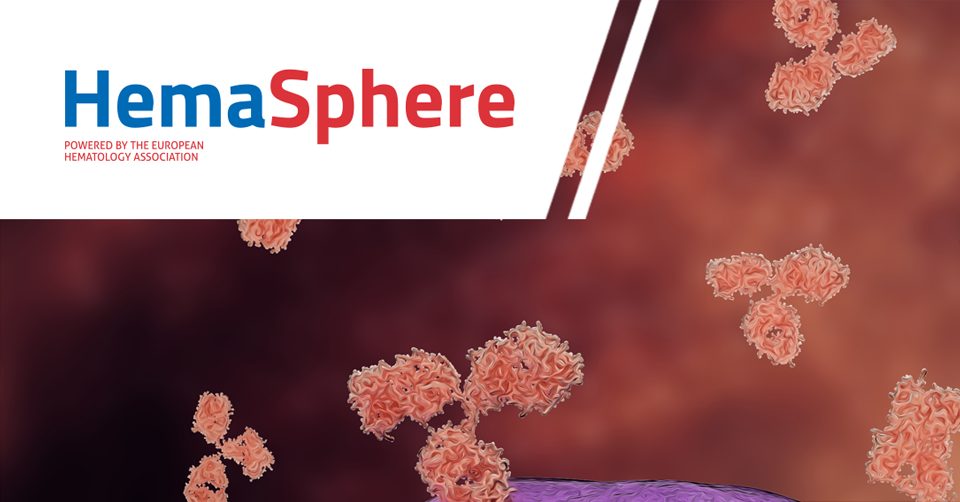EHA Issues Recommendations on Mild to Moderate Bleeding Disorders

HemaSphere presents first in a series of Consensus Reports on Diagnosis of Inherited Bleeding Problems
For hematologists, it can be challenging to make the correct diagnosis in patients with bleeding problems – or even to determine whether there is any bleeding disorder at all. A set of consensus recommendations on the initial diagnostic approach to mild-to-moderate inherited bleeding disorders from the European Hematology Association (EHA) was published today in HemaSphere, the official journal of EHA.
The report is the first step in an EHA initiative to develop evidence-based guidelines for specific mild and moderate bleeding disorders. Francesco Rodeghiero, MD, of the Hematology Project Foundation, Vicenza, Italy, is lead author of the EHA International Working Group report.
Patient-Centered Approach to Diagnosing Non-Severe Bleeding Disorders
Most patients referred for specialist evaluation of bleeding problems will prove to have non-severe bleeding disorders. Others will be at risk of being stigmatized as having an inherited disease, while their symptoms just represent the extreme spectrum of normality. There are many different inherited bleeding disorders with a relatively benign course – collectively designated mild to moderate inherited bleeding disorders (MBD).
But due to fragmented knowledge, there have been no practical recommendations for dealing with this large group of patients. "Management of MBD is of great importance for practicing hematologists," Prof. Rodeghiero comments, "but unfortunately no evidence or consensus-based guidelines are available, giving room to disparate diverging approaches in diagnosis, treatment and counseling."
The EHA Working Group assembled 20 international experts to develop a systematic, uniform approach to evaluation and testing of patients with possible MBD. The focus was on ensuring clinical utility in terms of real benefit for patients and families: providing guidance on the management of confirmed MBD, while avoiding repeated testing and stigma related to an incorrect diagnosis of a hereditary disorder.
The multistage diagnostic approach begins with simple, standard tests (such as bleeding times and platelet count) useful in determining whether the patient has a true bleeding disorder or minor, normal bleeding. A standard tool for assessing the severity of bleeding disorders (the International Society on Thrombosis and Hemostasis Bleeding Assessment Tool, or "ISTH-BAT") plays a key role in this initial screening step. The Working Group also introduces a new category of "nuisance bleeding" – minor but frequent bleeding episodes that affect quality of life.
If screening suggests a bleeding disorder or "bleeding of unknown cause," a series of first-stage laboratory tests is recommended – focused on identifying bleeding problems related to diseases or causes other than an inherited bleeding disorder. Second-stage tests focus on more specific laboratory or genetic studies. If the cause remains unknown, innovative or research investigations may be indicated.
The proposed approach addresses some general management principles, including the importance of complete and understandable patient education. The report also includes recommendations on bleeding problems specific to women, such as heavy menstrual bleeding and pregnancy, and to patients with relevant bleeding history in whom no laboratory or genetic abnormalities can be found.
Focusing on clinically relevant definitions and well-grounded objectives for testing, the EHA consensus report provides a standardized approach to initial evaluation and appropriate use of more in-depth testing. Prof Rodeghiero comments: "We believe that this patient-centered approach will serve as a useful model for future development of evidence-based guidelines for specific types of MBDs, under the overarching principle of clinical utility."
Read the whole press release here



 Back
Back